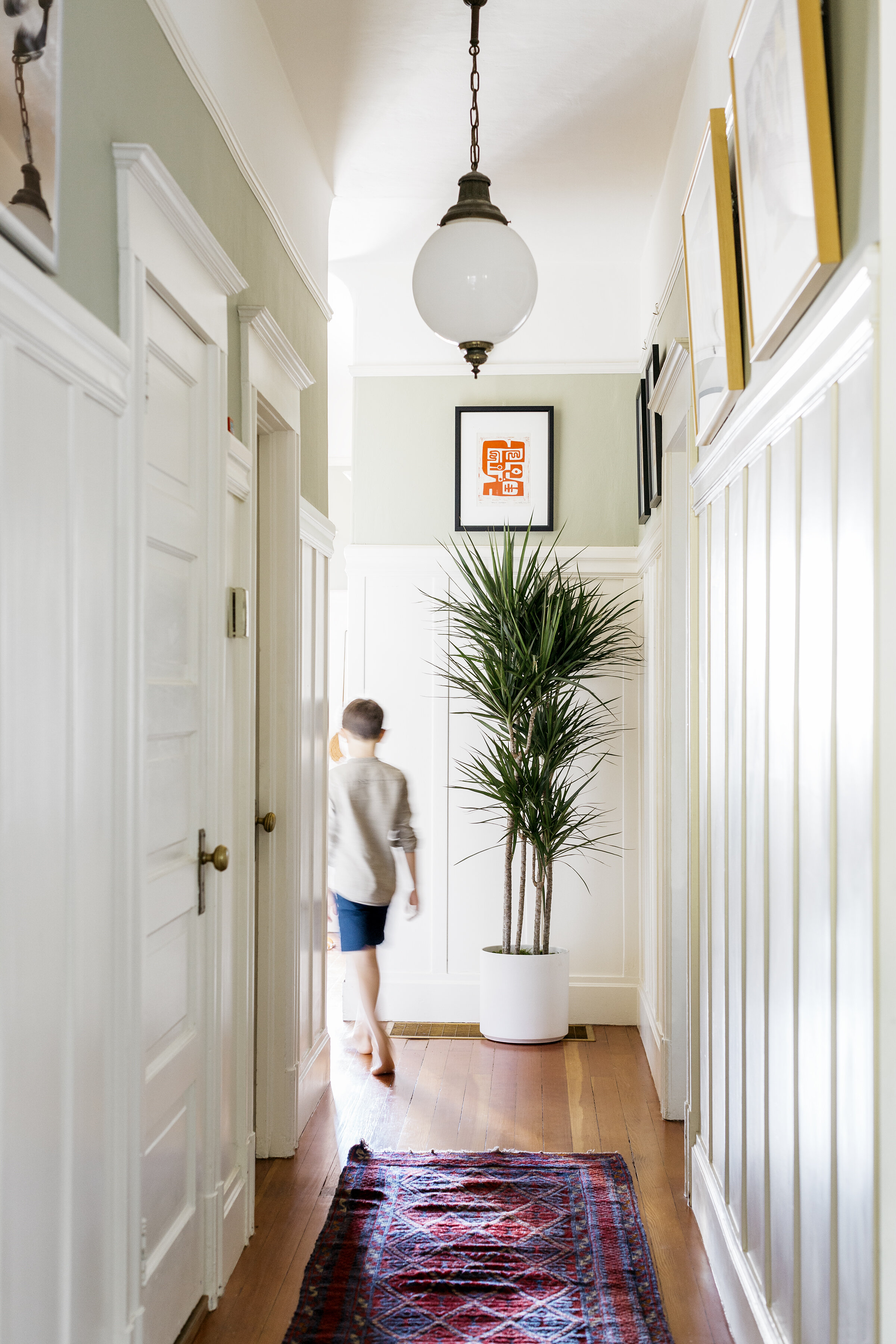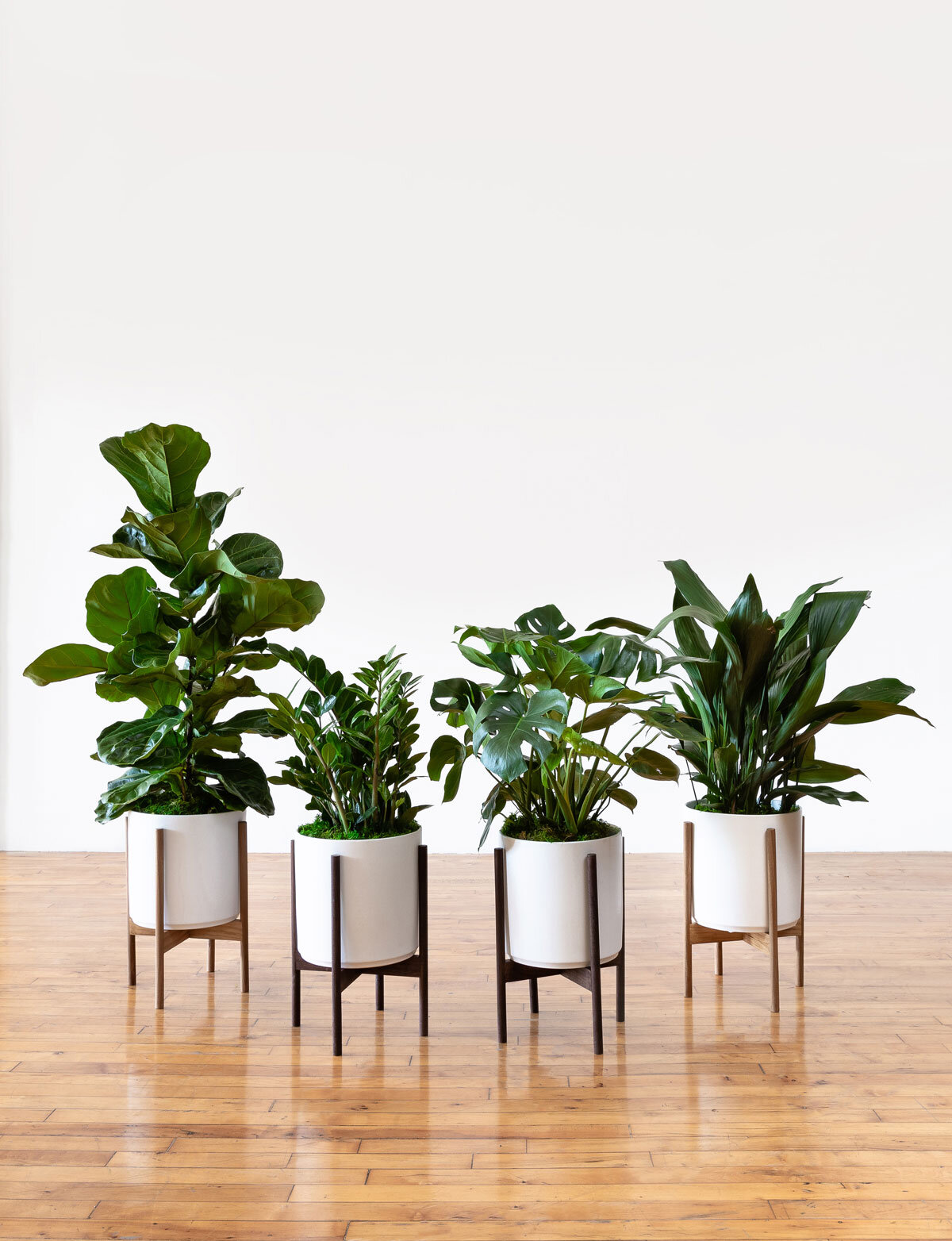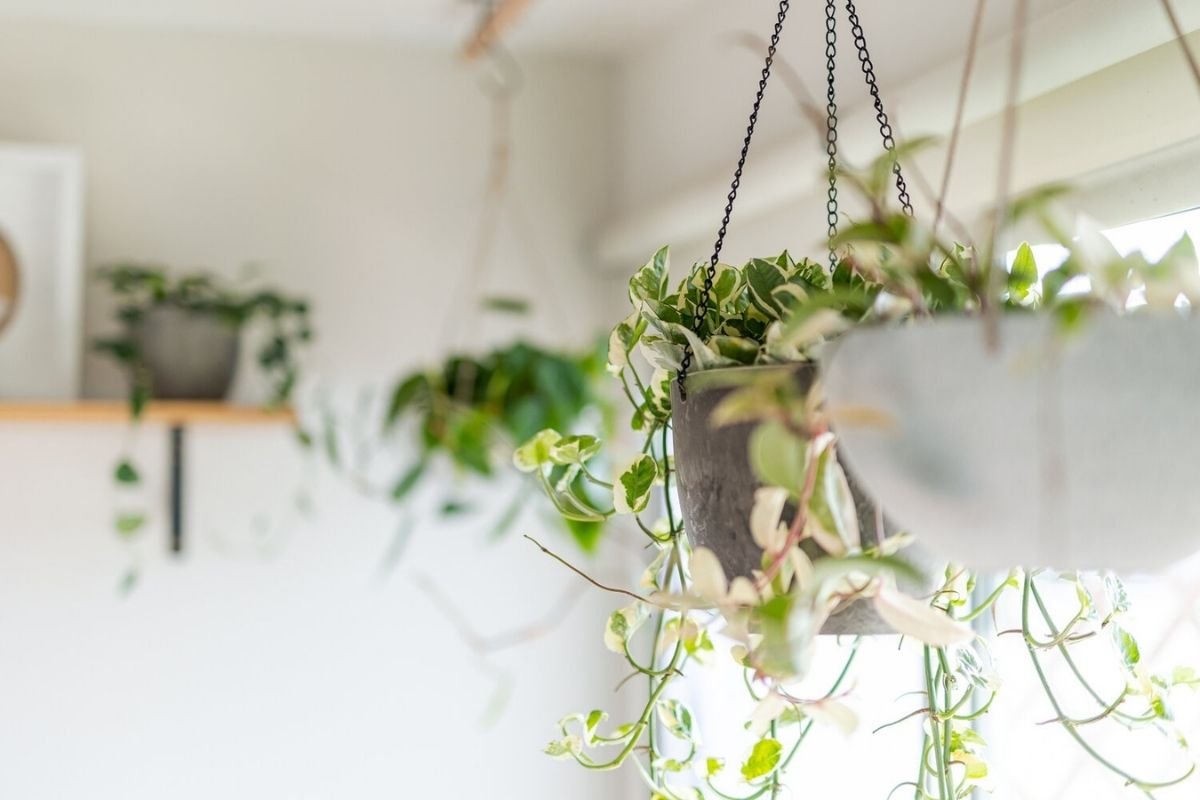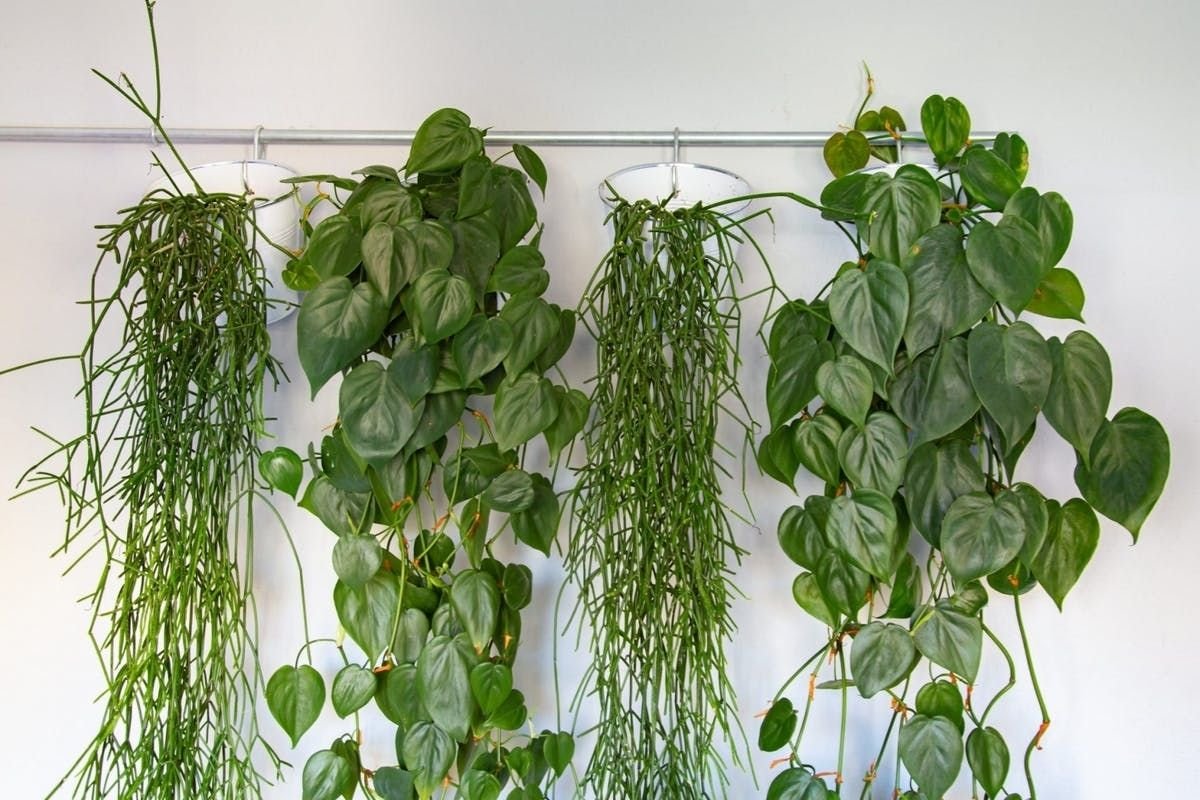Does your hallway need a refresh? Whether it’s an entryway hall or a long corridor between bedrooms, bringing a bit of literal life to your hallway can make a world of a difference. And when it comes to hallways, the secret lies in choosing the right plants; ones that don't take up too much room in an often highly-transited space. From elegant vertical growers to charming tabletop companions, we've curated a list of the best space-saving plants that will breathe life and style into your hallway.
Dracaena Lisa
Looking for a statement plant for your hallway? The Dracaena Lisa is a slender beauty with its striking, tapered leaves. These glossy, dark green wonders add a touch of elegance without crowding your space. The Dracaena is not only space-efficient but also remarkably adaptable to lower light, making it a hallway favorite.
Dragon Tree
The Dragon Tree brings a touch of the tropics to your hallway, and is also an excellent air purifier to boot! With its narrow form and unique foliage, it's the perfect statement plant. It's versatile enough to handle medium to low light conditions, making it an ideal choice for your hallway's ambience.
The Dragon Tree is the perfect hallway plant, with its slender profile and air-purifying qualities, adding elegance and fresh air to your narrow space.
Dracaena Compacta
As the name suggests, the Dracaena Compacta is all about elegance in a small package. Its glossy, dark green leaves create a sense of lushness without taking up too much room. It's an excellent choice for smaller hallways or tabletop arrangements as it comes in a floor plant size as well as a small, tabletop size.
Snake Plant
The Snake Plant is known for its striking vertical growth and no-fuss attitude. Its tall, sturdy leaves rise gracefully, making it a perfect hallway companion. Snake plants are also incredibly low-maintenance, requiring minimal attention and can thrive in low light conditions.
Cast Iron Plant
Another low light favorite, the Cast Iron Plant is a lushly robust, dark green beauty with leaves that are well-suited to low-light environments and minimal care. If you’d like to add more of a jungle feel to your hallway, this is your plant!
Transform your hallway into a lush, low-light jungle with the Cast Iron Plant – it's the ultimate leafy companion that can take on the hallway hustle with style and ease!
Zanzibar Gem
The Zanzibar Gem is a resilient and low-maintenance plant that thrives in various lighting conditions, including low light. Its glossy, dark green leaves add a touch of elegance and a lush appearance to your hallway.
Pothos
The Cascading Pothos is a popular trailing plant that's perfect for creating a lush and cascading console or entryway table centerpiece in your hallway. Its heart-shaped leaves bring vibrancy and a sense of liveliness on a table top or hanging on the wall.
Elevate your hallway to new heights with a hanging Cascading Pothos – it's the green curtain of good vibes that welcomes you home with a leafy embrace!
Ficus Audrey Bush
The Ficus Audrey Bush, a cousin of the Fiddle Leaf Fig, boasts velvety, sage-green leaves with a unique structure that adds a touch of individuality to your hallway. It thrives in bright, indirect light and can grow tall, adding vertical interest.
Schefflera Tree
The Schefflera Tree is a petite indoor tree that can grow tall and elegant while remaining relatively narrow. Its umbrella-like leaves come in both the standard and variegated shades, and are a welcome and elegant addition to any entryway hall.
Braided Money Tree
The Money Tree is not only a beautiful plant: it’s also a symbol of good luck and prosperity according to the teachings of feng shui, and when placed in an entryway or hallway, may bring good juju to your home! With its braided trunk and glossy, hand-shaped leaves, it comes in various different sizes as both a floor plant and tabletop decor.
By choosing the right plants, you can turn your hallway into a lush and inviting space that sets a positive tone for your entire home. From slender and elegant floor plants to tabletop wonders, these space-saving plants will breathe life and style into your hallway, creating a warm and welcoming ambiance for all who enter.
Designed to Thrive
Premium plants, potted and delivered, plus lifetime access to 24/7 Plant Doctor support.










